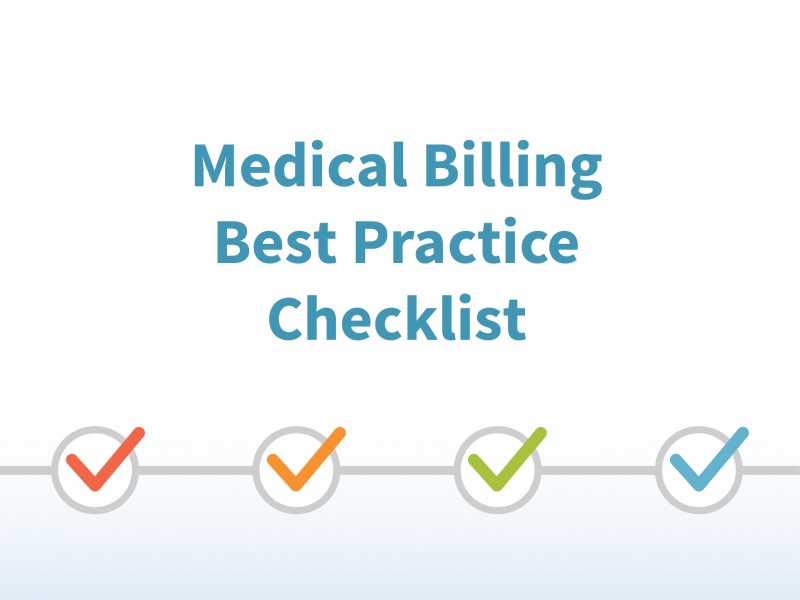3 Tips to Use ERAs to Ensure You Get Paid Correctly
 In most practices, the billing cycle goes something like this: You code and submit the claim, receive and post payments in a practice management system, and move on to the next task at hand. But how do you know whether each payer has actually paid the claim accurately and according to your contracted amounts?
In most practices, the billing cycle goes something like this: You code and submit the claim, receive and post payments in a practice management system, and move on to the next task at hand. But how do you know whether each payer has actually paid the claim accurately and according to your contracted amounts?
The answer to this question requires practices to take a holistic approach to revenue cycle management that includes these three basic steps:
1. Use an updated fee schedule for all payers. This ensures that the practice has valid points of reference when assessing payment accuracy.
2. Review each and every electronic remittance advice (ERA) report that the practice receives. (Note: An explanation of benefits (EOB) is the paper version of the ERA). These reports provide helpful insight into how and why claims are paid or denied, such as:
- Amount billed by the practice
- Amount paid by the payer
- Reasons for any differences between the billed and paid amounts
- Recoupments related to claim re-adjudication or adjustments unrelated to a particular claim, such as interest or capitation payments
- Providers must request an ERA through an enrollment process with each payer. The good news is that HIPAA requires all health plans to comply with these requests using the 835 transaction standard. Physicians can receive ERA reports for a variety of government and commercial insurance payers, including Medicare, Medicaid, Blue Cross Blue Shield, Aetna, Cigna, Humana, United Healthcare, and many more.
Aside from monitoring the accuracy of payments, ERAs also help practices: - Automate payment posting within practice management systems
- Reduce manual tasks associated with opening and filing mail
- Automate secondary claims reporting
- Facilitate a faster revenue cycle
- Avoid the need to decipher proprietary payer remittance codes
3. Take action. Simply reviewing the ERA is not sufficient. Use the information gleaned to drive process improvement and ensure payment accuracy.
How can practices use ERAs to monitor payment accuracy? Consider the following tips: ![]()
1. Give your practice a basic billing check-up. In particular, pay attention to these two types of codes listed on the ERA:
Claim adjustment reason codes (CARC). These codes identify the reason for a reduction or increase in payment from the original submitted charges. Some examples include:
- The procedure code is inconsistent with the modifier used or a required modifier is missing
- The time limit for filing has expired
- Dispensing fee adjustment
- Remittance advice remark codes (RARC). These codes provide additional insight into the specific reduction or increase in payment. Some examples include:
- Equipment purchases are limited to the first or the tenth month of medical necessity
- Only one initial visit is covered per specialty per medical group
- Missing/incomplete/invalid other diagnosis
- Monitor CARCs and RARCs as you receive them. Over time, categorize these codes to look for trends and to better understand of areas of vulnerability. For example, consider grouping codes into the following basic categories:
- Additional information required—missing/invalid/incomplete documentation
- Missing/invalid/incomplete data from submitted claim
- Billed service not covered by health plan
- Benefit for billed service not separately payable
2. Don’t assume that all payments are accurate. Ask the following questions when reviewing the ERA for paid claims:
- Is there a contractual reduction? If so, is the amount consistent with the related fee schedule?
- Does the patient responsibility amount account for the difference between the payment and the allowed amount?
- Is there a remaining balance? If so, can you bill a secondary/tertiary health plan or the patient?
3. Work with your practice management vendor to enable automation. According to the AMA, 80% of ERA processing can—and should—be handled without human intervention. Ideally, practices would only need to review ERAs that their practice management system cannot automatically process. Can your vendor handle all ERA scenarios, including claim denial management, underpayments, overpayments, multiple adjustments, automatic cross-over, secondary remittance, and reversals? Also ensure that your vendor can help your practice save electronic remittance reports to your computer in ANSI-835 format and export your ERA reports for use with other programs, such as Medicare's Remit Easy Print software.
The ERA provides invaluable insight into payment adjustments, denials, and more. Is your practice taking full advantage of this resource? If not, what are you waiting for? Don't forget to check out ways to Increase Efficiency and Reduce Costs by Maximizing Key Electronic Transactions.
If you are looking for more places where you can look to improve your medical billing, use this Billing Best Practice Checklist to see industry standards and establish goals.




















